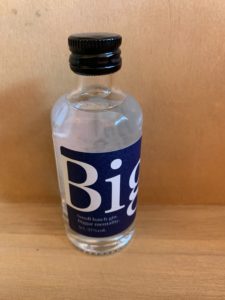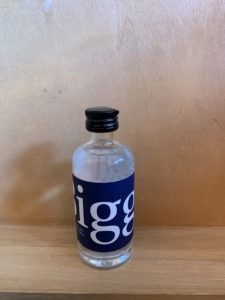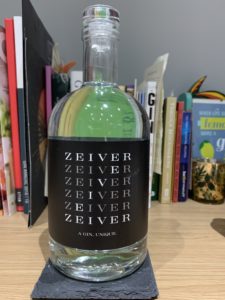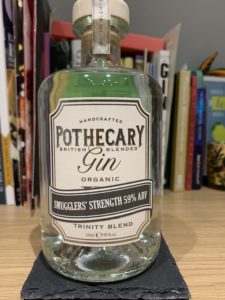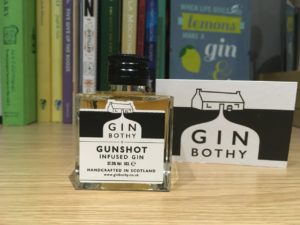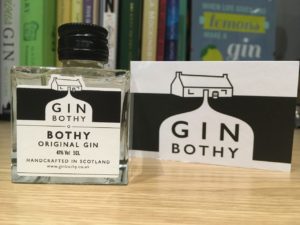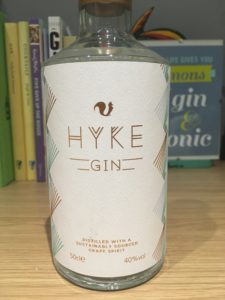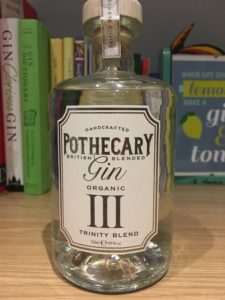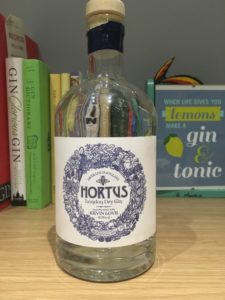Note: This post contains affiliate links marked as [Ad], if you click on this and buy a bottle of gin then I will receive a small commission.
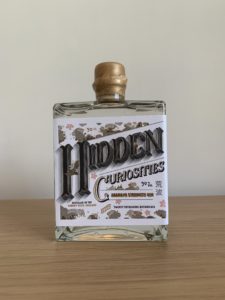
If you follow me on social media, you’ll know that I am the #modelofrestraint. Because of this, and being bored at home, I decided this month’s treat would be a bottle of Hidden Curiosities Aranami strength gin. I’ve met founder Jenny a few times and tried it at Junipalooza, plus everyone RAVES about it on social so to get rid of my FOMO, I ordered a bottle on Friday and it arrived on Tuesday (note: the Monday was a bank holiday). Super speedy. Hidden Curisosities started in a slightly unusual way; Jenny runs Cravat Club, a place to design and sell modern, beautiful cravats. After five years living in Japan and many years of sampling gins, Jenny pursued her entrepreneurial streak and decided to launch her own gin. She found that she was getting tired of the same flavours coming through again and again so wanted to create something unique that would last the test of time. She worked with the team at Silent Pool gin (30 mins drive from my home town, just saying) to develop her recipe and launched Hidden Curiosities in 2017. Since then, she has launched today’s gin, the Aranami Strength, bottled at 59% ABV. Using 20 botanicals (seven of which come specifically from Japan), Aranami means “raging waves” in Japanese and this is how Jenny sees this gin – like a burst of flavour. It actually won Best English Navy strength gin at the 2020 World Gin Awards and won the Industry Choice award at the 2020 Gin Guide awards so the love for this gin is surging forward like the name suggests. They say it is “overflowing with citrus, pepper and floral notes”, so let’s see how this tastes.
